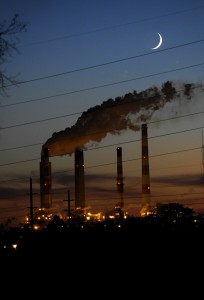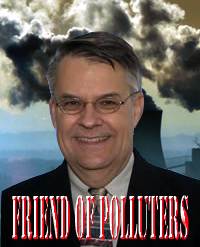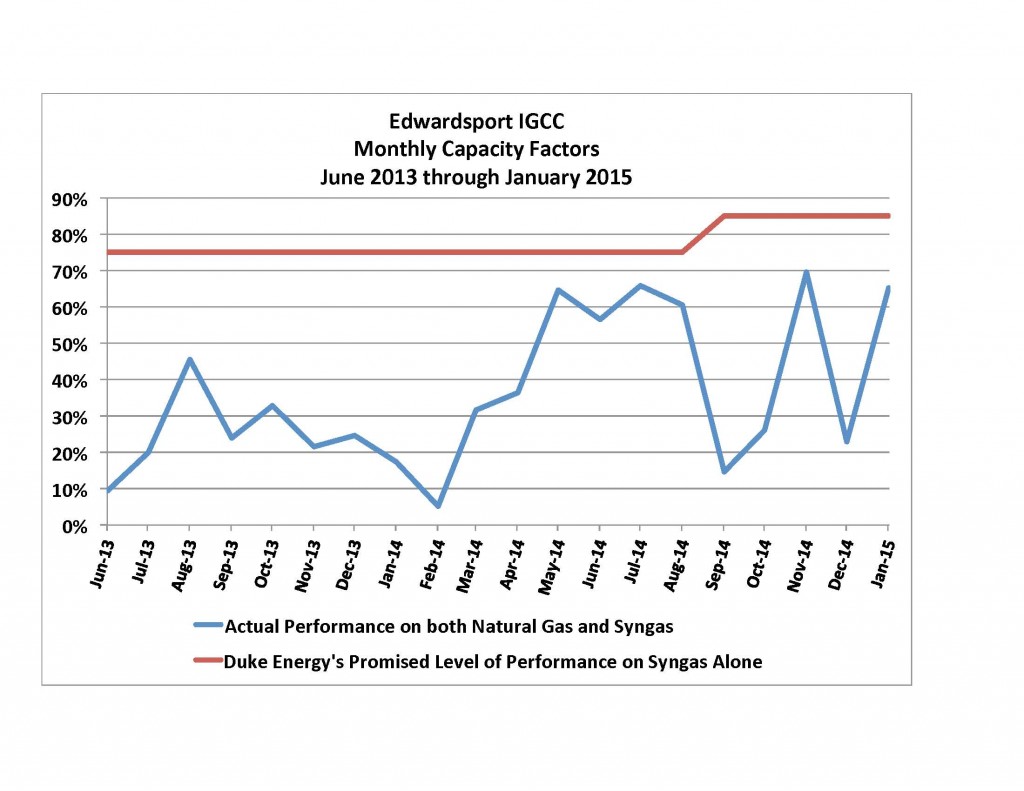September 8, 2015 – Various Artists
Published on Sep 4, 2015
Offical Love Song To The Earth Lyric Video directed by Jerry Cope and Casey Culver produced by Jerry Cope & Toby Gad, Nature Cinematography by Louie Schwartzberg
Featuring Vocal Performances by Paul McCartney, Jon Bon Jovi, Sheryl Crow, Fergie, Colbie Caillat, Natasha Bedingfield, Sean Paul, Leona Lewis, Johnny Rzeznik, Krewella, Angelique Kidjo, Nicole Scherzinger, Kelsea Ballerini, Christina Grimmmie, Victoria Justice, Q’orianka Kilcher
Every time the song is purchased, streamed, or shared, the royalties go directly towards the efforts of Friends of the Earth to keep fossil fuels in the ground and lower carbon emissions, and to the work of the U.N. Foundation to inspire international action on climate change.
Now we need you to lend your voice to the Earth and help catapult the Love Song into a global hit. Because it’s our world.
For more information
http://lovesongtotheearth.org
Full lyrics
This is an open letter
From you and me together
Tomorrow’s in our hands now Find the words that matter
Say them out loud
And make it better somehow Looking down from up on the moon
It’s a tiny blue marble
Who’d have thought the ground we stand on
Could be so fragile
Chorus (1st)
This is a lovesong to the Earth
You’re no ordinary world
A diamond in the universe
Heaven’s poetry to us
Keep it safe, keep it safe, keep it safe
cause it’s our world It’s not about possessions, money, or religion
How many years we might live ?
When the only real question that matters is still
A matter of perspective
Looking down from up on the moon
You’re a tiny blue marble
Who’d have thought the ground we stand on
Could be so fragile
Chorus ( 2nd)
This is a lovesong to the Earth
You’re no ordinary world
A diamond in the universe
Heaven’s poetry to us
Keep it safe, keep it safe, keep it safe
cause it’s our world Continue reading




















